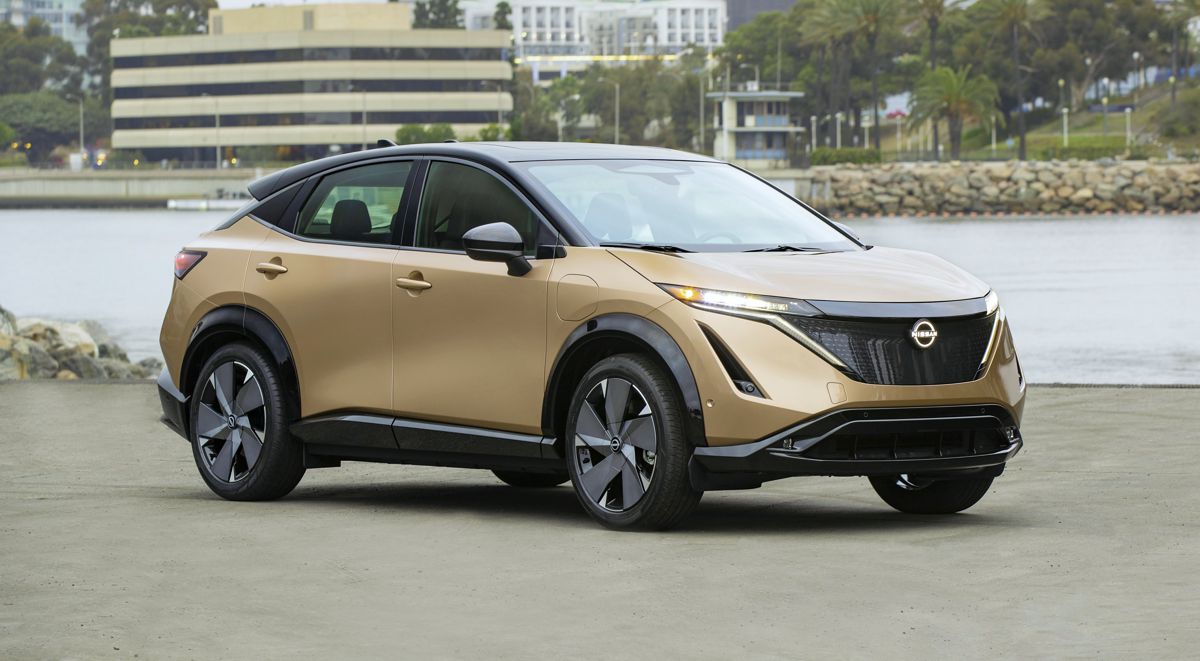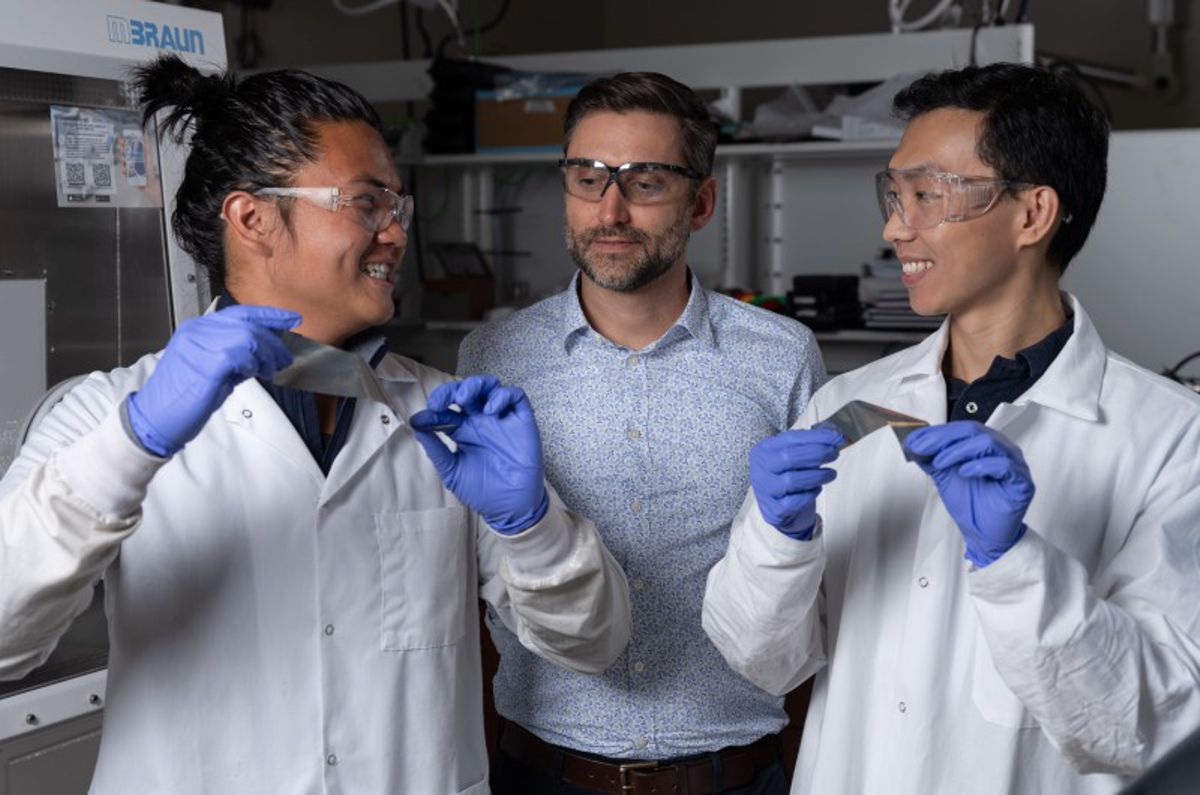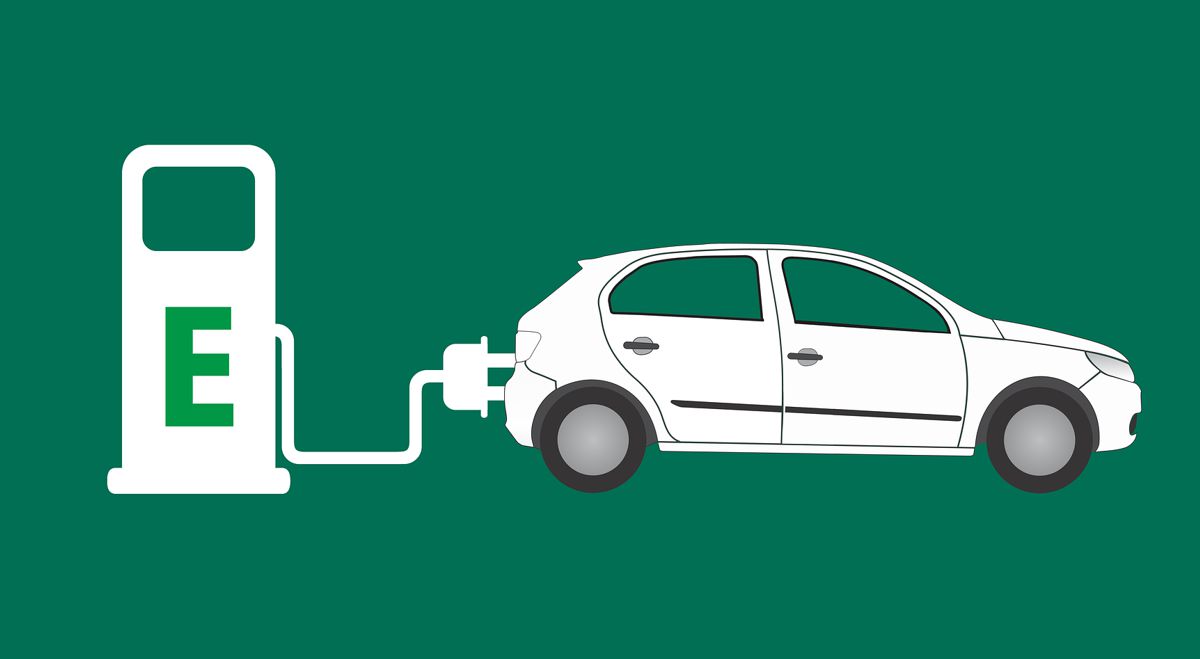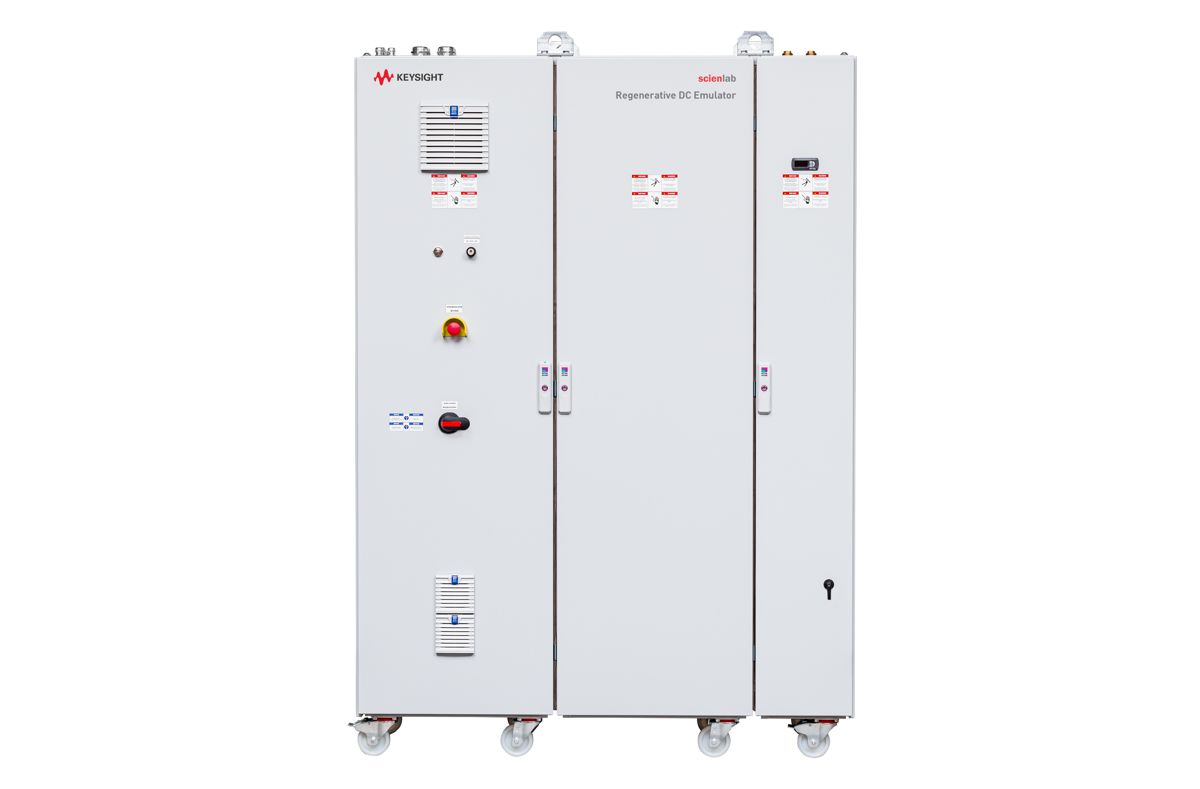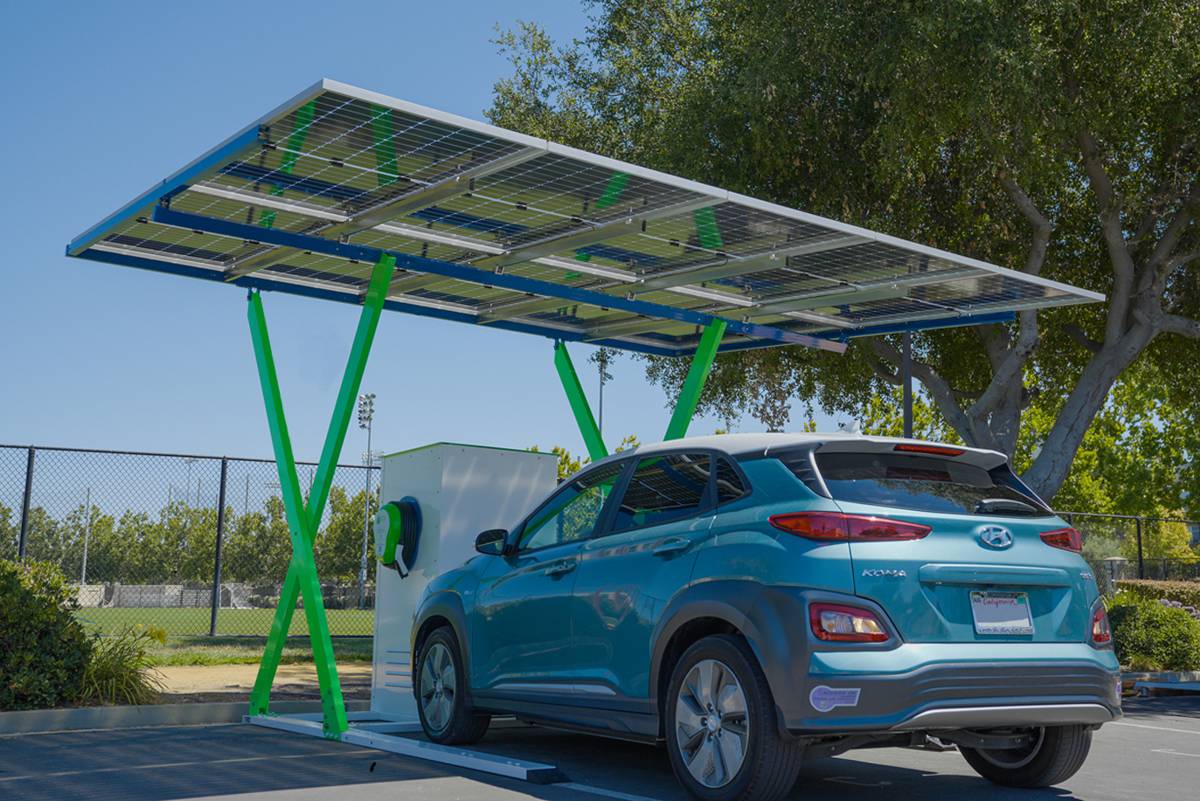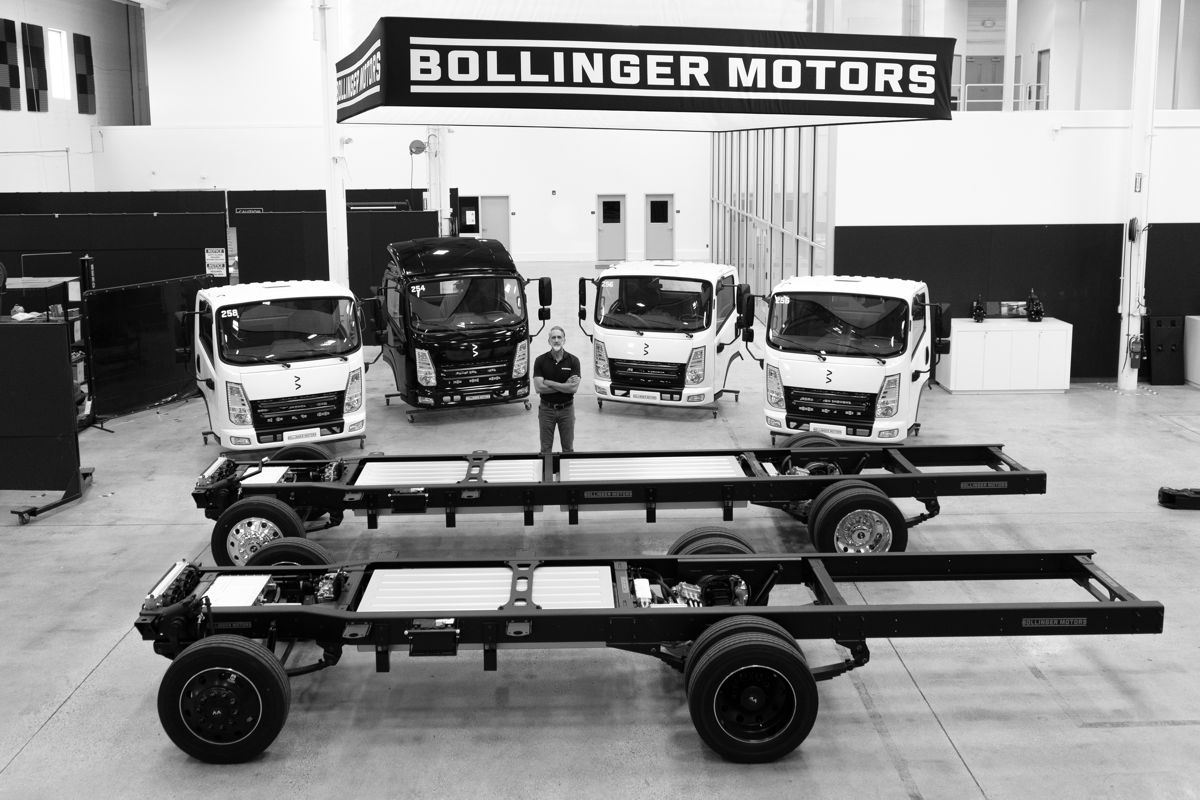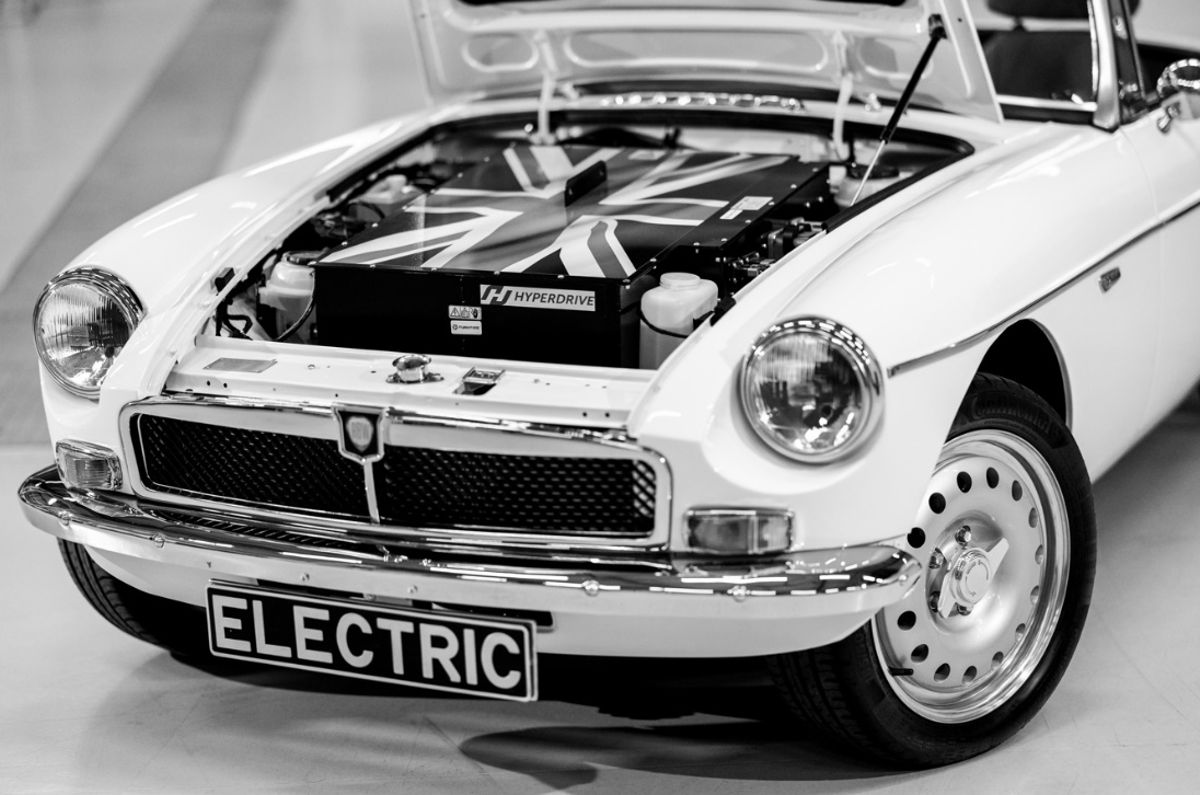300km Arctic challenge for 14 tonne iron ore Volvo Electric Trucks
Trucks and buses account for a large part of CO² emissions from the transport sector in Europe. Reducing emissions is one of the major challenges if the Paris Agreement target is to be met, and most agree that electrification is one of the technology solutions that must be employed.
In the winter of 2021, Volvo Trucks, ABB and Vattenfall, in collaboration with the mining company Kaunis Iron and Wist Last & Buss, conducted a trial to test the limits of what is possible. Would it be possible to replace the normal diesel-driven transport of ore concentrate, i.e. finely ground iron ore, from the iron ore mine in Kaunisvaara to the transhipment station at the Iron Ore Railway Line, with electric trucks? What would be required? And what happens when the temperature drops to minus 30?
280 kilometres in Arctic conditions
The test started in February and ran for four weeks. The task was to drive a fully battery-powered Volvo FMX from the home base in Junosuando to the mine in Kaunisvaara and then unload the cargo in Pitkäjärvi where the ore was transferred to the railway for further transport to the Narvik harbour in Norway. This is a 280-kilometre round trip that is normally operated by diesel-powered vehicles.
Vattenfall participated through its service solution Power-as-a-Service, which included installation, operation and ensuring the function of the charging stations. Vattenfall was also the electricity supplier in the project.
So how did it go? We spoke to Lino Martino, one of the truck drivers who drove the electric vehicle in the polar winter: “I must say it exceeded expectations. The test proved it works with electricity. Even if the charging stops were a drawback, we were able to drive the whole distance, including 140 kilometres with 14 tonnes of ore concentrate in the tipper, from the mine to the transhipment station, and then back again. And, on top, the cold that we get up here in winter. At most it dropped to -32 degrees. Then it gets cold, despite the snowmobile suit I wear.”
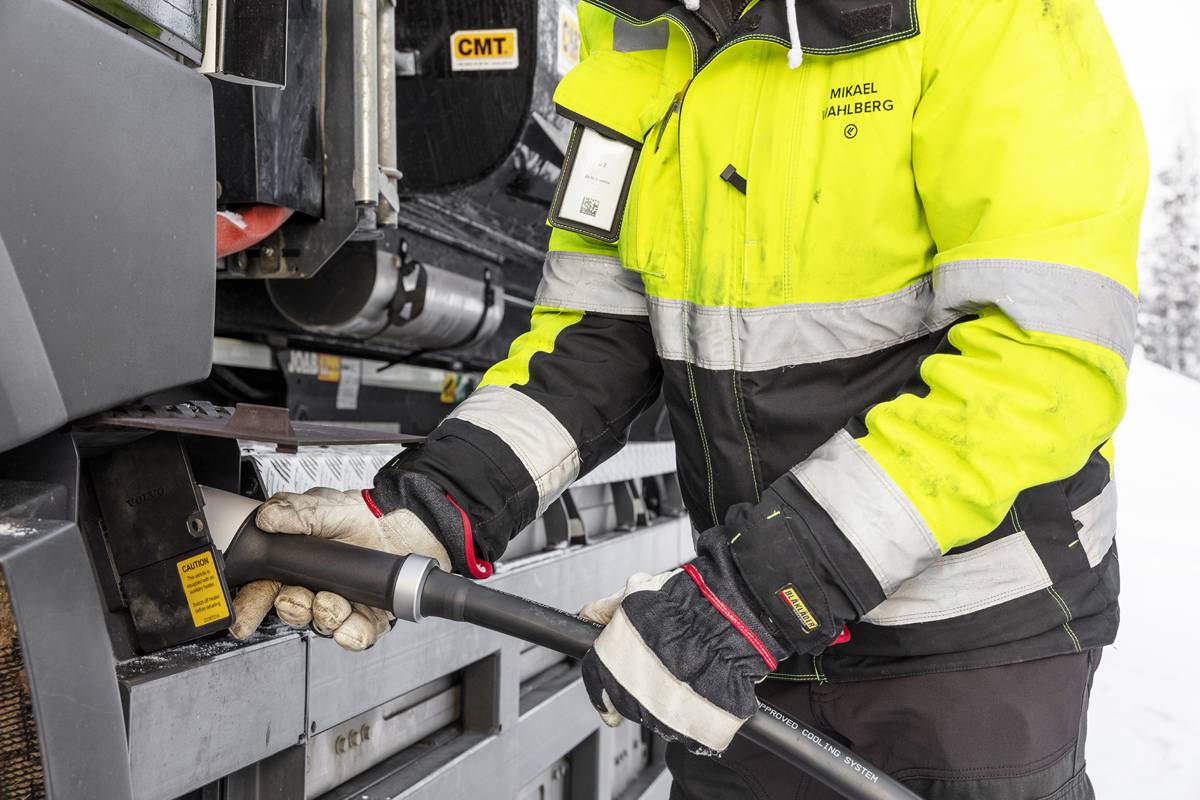
Quiet and vibration-free driving
The driving experience, in particular, was surprisingly good: “The electric truck is in many ways similar to the one I normally drive, same type of cab and so on, just even easier to drive, it’s just one button for forward and reverse. And this truck is so quiet, you can’t hear the engine. Not even when it’s straining, only the tyres can be heard. And the vibrations are also much less than with a diesel. All in all, it’s a much more pleasant place to work.”
Undoubtedly, there are still challenges that need to be addressed. One of which is the range. The truck’s battery capacity sets the limit, and in this case it was necessary to take a break to charge the truck both at the mine and at the trans-shipment station to avoid the risk of stopping on the road.
Electric transport is here to stay
Although the trial period is now over, Lino Martino is certain: electrified transport will take over, sooner or later.
“Work is already underway on better batteries and more powerful charging. Up here, the cold is a problem, but there are other technical solutions, for example, overhead lines could be one way forward. And for on-site transports with only short distances, electric power would work perfectly. If we are to realise a fossil-free society, we need electric transport. I’m convinced that the technology will develop in the near future. That’s definitely how things are going,” says Lino Martino.

Facts about the pilot project
- Participants: Kaunis Iron, Vattenfall, Volvo Lastvagnar, ABB and Wist Last & Buss.
- Trial period: February 2021.
- Vehicle: Battery-electric Volvo FMX.
- Gross weight: 32 tonnes.
- Load weight: Approximately 15 tonnes.
- Driveline: Fully electric, 400 kW, with 2 gears.
- Battery: Lithium ion with a nominal capacity of 264 kWh.
- Charger: ABB delivers three high-powered chargers of 175 kW/each. The chargers are expandable to 350 kW and have CCS outlet sockets.





